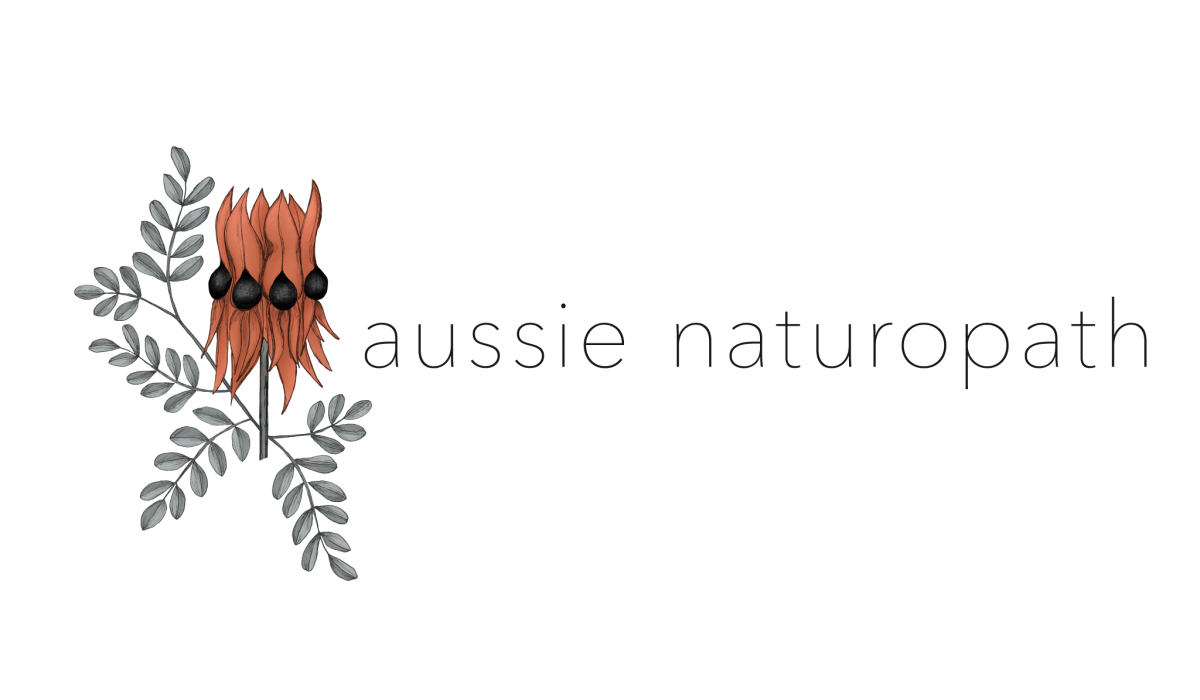Firstly, what is a food additive?
Food additives are substances added to food to improve the flavour, colour, appearance or texture or to preserve the shelf life of our food.
Are there different types of food additives?
Yes there are many types of food additives with different impacts on your health and wellbeing. Here are just some of the most common additives:
Artificial Sweeteners
Sugars and sweeteners are added to sweeten food and drinks and can hide under the guise of many names: raw, white, coconut, muscovado, date sugar, agave nectar, high-fructose corn syrup, maple, golden, corn, rice and malt syrup, honey, fruit juice concentrate, ethyl maltol, maltodextrin and any ingredient ending in ‘ose’; sucrose, fructose, dextrose, maltose, galactose.
Sugar alcohols include sorbitol, mannitol, isomalt, xylitol and maltitol and sweeteners may show up as aspartame and saccharin on the label.
Artificial Colours
Colours and dye are added to make our food and drinks more colourful and appealing and have been linked to skin conditions, eczema, asthma, behavioural problems, hyperactivity and digestive upsets.
You may have heard of the food colourings dubbed the Southampton Six. Six food colours that were banned in the UK after a study in 2007 found that they can cause behavioural changes and hyperactivity in children. The Southampton Six are E numbers: 102, 104, 110, 122, 124, 129 and can be commonly found in custard, lollies, biscuits, cakes, milkshakes, soft drink, muesli bars and even curry paste.
Some food colours are derived from petroleum and have also been flagged as possible carcinogens and allergens. Animal studies have indicated sunset yellow (110) can cause tumours, but the results have not been consistent with other studies on rats and mice.
These food colours are still available in Australia, however Aldi has removed these six colours from its shelves, as well as eight more colours: amaranth purple (123), erythrosine cherry red (127), indigo blue (132), brilliant blue (133), green (142, 143), black (151) and brown (155).
Preservatives
Busy lifestyles mean we are reaching for more convenient, processed meals and preservatives like nitrates and nitrites, sulphites and sodium benzoate are used to extend the shelf life of these foods and can trigger allergy-like reactions asthma, wheezing, coughing, headaches and migraines.
A 2015 study suggests emulsifiers – detergent-like food additives found in a variety of processed foods – have the potential to alter the gut microbiome, causing inflammation and increasing our risk of chronic disease such as obesity, high blood pressure and diabetes. Emulsifiers are commonly found in mayonnaise, sauces, peanut butter, breads and ice-cream.
When eating packaged foods, it is important to be aware of additives. I encourage you to explore and identify all the different forms of sugar, artificial sweeteners, flavour enhancers, artificial colours, preservatives and thickeners. Scan the nutrition label and if any of these are listed pop it back on the supermarket shelf or ditch it from your pantry. Chemical Maze is an app made in Australia and can help you to make empowered choices for your family.
Shop locally and include plenty of fresh fruits, vegetables and grass-fed protein, rather than opting for processed or packaged foods, you’ll be sure to avoid most additives.
I love that you’ve taken the time to learn about the additives in our food! If you have questions or would like more guidance, book in HERE for a FREE 15-minute telephone consult to chat about how working with me could help.
Or if you would like to take the guesswork out of how to detoxify and heal your gut safely and effectively, join me:
? Free 5-Day Detox Challenge For 2019
? Happy + Healthy Gut Program ~ 2019
? Optimal Health + Vitality Program ~ 2019
And don’t forget to join the conversation over at the Gut Health & Detoxification ~ The Naturopathic Way group at Facebook.
In Health and Happiness,



